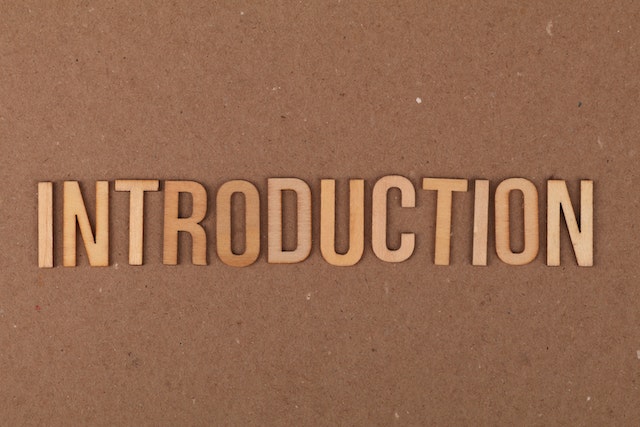Like all skills, academic writing requires deliberate practice and guidance to master various tips for quality papers. The introduction is usually the most challenging for students to wrap their hands around among various sections of an academic paper.
The introduction was a major reason why often sought websites to write essays in college. Over time, I mastered various tips for writing an effective introduction for my papers. Here, I’ve tackled some tips for composing an introduction to help you easily manage your essay.
Write your introduction last
Starting your essay writing process with the introduction may prove a challenging task, given the extent of research required to clarify your research objectives. If poorly written, your introduction might be incompatible with your paper and omit the key elements within your essay.
Writing your introduction lets you know the subject in depth and identify the key arguments within your essay. This makes highlighting your research objectives easy and reduces the chance of incoherence between your introduction and the body of your paper.
The mastery of your topic saves you time spent on summarizing your paper, ensuring the timely completion of a quality essay without compromising the quality of your paper.
Use a relevant hook
Hooks are a great tool to pique your reader’s curiosity and highlight the relevance of your research topic. When writing your introduction, determine your essay’s most suitable hook type.
For instance, rhetorical questions are a great choice for argumentative essays as they allow you to challenge existing counterarguments while highlighting your research questions. Conversely, statistics and facts are great for exploratory and descriptive essays.
When using statistics and facts, be keen to credit sources with references to avoid plagiarism. However, avoid citing excessively, as this may obscure the key ideas within your introduction.
Highlight the context of your paper
Your introduction should tackle the background of your paper and show how your research complements existing knowledge in your field. This will help you show the gaps covered by your research paper, justifying your research’s essence.
The context of your paper makes it easy to transition to your thesis and justify your methodology. However, keep your introduction succinct and avoid delving into the minutia, saving the finer details for your essay’s discussion.
Outline your introduction
An outline is perhaps the most important tool for styling your essays. Besides visualizing the flow of various chapters. The outline will help you to organize your ideas in the introduction and to gauge how well you have captured the essence of your thesis.
Also, the outline helps you overcome the urge to dwell on a specific aspect of your paper, keeping you focused on your main essay idea. The outline also makes for easy editing by providing a basis of comparison between your initial outline and the reverse outline following the completion of your paper.
Editing
Often, students overlook the importance of editing when it comes to writing their papers. Before submitting your paper, be keen to recheck the introduction and ensure that it captures the key arguments within your essay.
While at this, shorten your sentences and replace jargon in this section to ensure that your introduction is easy to understand. Also, cut out unnecessary details within your introduction, keeping your introduction section within 5%-10% of your total word count.
Final Take
The introduction chapter is perhaps the most crucial section of your essay. This section should capture your essay’s key arguments and draw your reader’s attention to your essay’s subject.
These tips should come in handy to help you compose a quality introduction for your academic papers. We however recommend that you practice and consult experts for revision to improve your overall essay-writing skills.


